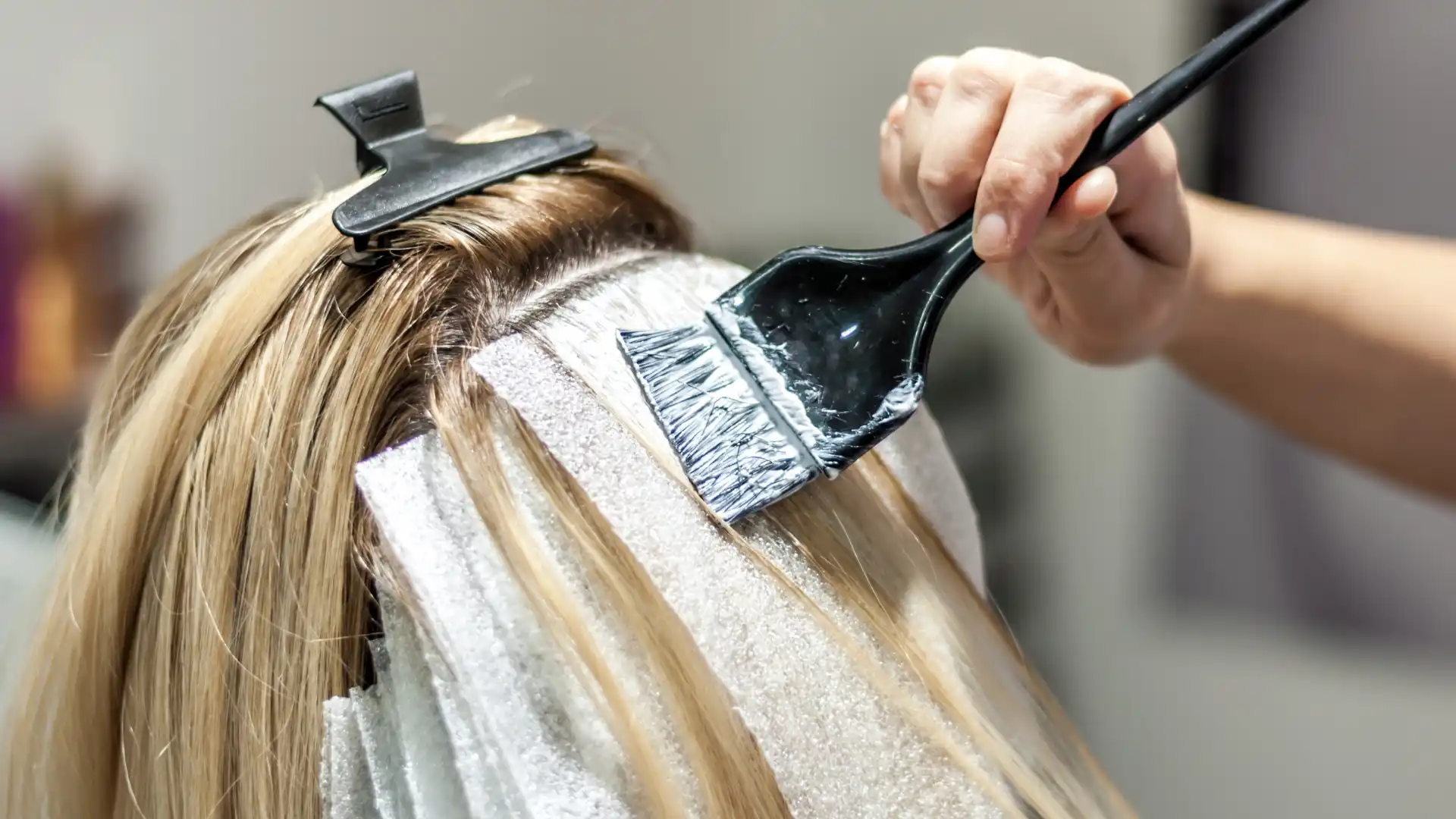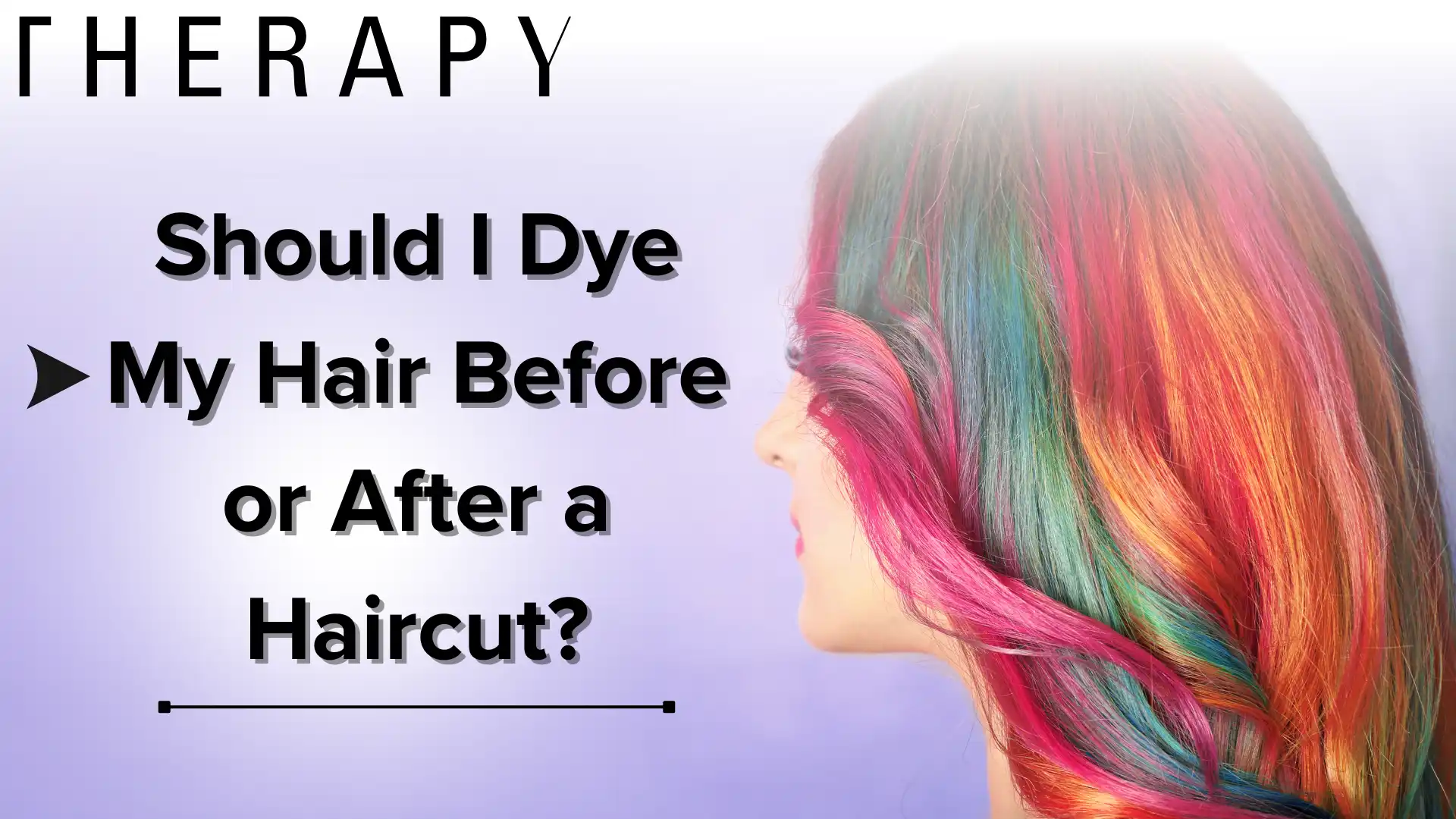Transform your hair with a variety of color techniques that enhance your look subtly or dramatically. Highlights vs lowlights vs baby lights each offer unique benefits to match your specific hair goals. So, how do these techniques differ, and which one suits you best? Let’s clarify the options to help you choose confidently.
Brightening Up Your Look with Highlights
Highlights are one of the most common hair coloring techniques. This method involves lightening specific sections of your hair, creating a sun-kissed effect that brightens your overall appearance. Highlights can add depth and dimension to your hair, making it look more voluminous and textured.
Ideal Uses:
- Adding Dimension: If your hair feels flat or one-dimensional, highlights can create the illusion of depth and movement.
- Brightening Your Face: Strategically placed highlights can brighten your complexion by framing your face with lighter shades.
- Low-Maintenance Upkeep: Depending on the contrast with your natural hair color, highlights can offer a relatively low-maintenance option, especially if you opt for a more natural look.
Best for:
- Individuals with medium to light hair colors
- Those looking to add a bit of brightness without a full-color overhaul
- Anyone wanting a versatile, timeless hair color option
The Depth and Contrast of Lowlights
Lowlights are essentially the opposite of highlights. This technique involves adding darker shades to your hair, creating contrast and depth. Lowlights can enrich your hair color, making it appear thicker and more textured. By incorporating lowlights, you add depth and dimension, enhancing your natural color and providing a balanced, multi-dimensional look.
Ideal Uses:
- Enhancing Natural Color: If you feel your hair color is too light or washed out, lowlights can bring back some of the natural depth
- Creating Contrast: Lowlights are excellent for adding dimension to highlighted hair, preventing it from looking overly bleached or monochromatic
- Balancing Out Bright Colors: If you’ve gone a bit too light with your highlights, lowlights can help tone things down and create a more natural, blended look
Best for:
- Individuals with naturally light hair who want more dimension
- Those with highlighted hair looking to add more depth and prevent an overly bright look
- Anyone seeking a more natural, multi-dimensional hair color
The Subtle and Delicate Babylights
Babylights are an ultra-fine, subtle highlighting technique that mimics the natural, sun-kissed highlights seen in children’s hair. This method involves taking very fine sections of hair and lightening them slightly, resulting in a soft, natural-looking effect.
Ideal Uses:
- Natural Enhancement: If you want a subtle change that enhances your natural hair color without drastic contrast, babylights are perfect.
- Softening Your Look: Babylights can soften harsh lines and give your hair a beautifully blended appearance.
- Perfect for All Hair Types: This technique works well on any hair type and color, providing a flattering result.
Best for:
- Individuals looking for a minimal, low-key change
- Those with fine hair, as babylights can create the illusion of fuller hair without overpowering your natural look
- Anyone wanting a natural, effortlessly sun-kissed appearance
Choosing the Right Technique for Your Hair Goals
When choosing between highlights, lowlights, and babylights, your decision should be based on your personal hair goals, natural hair color, and desired maintenance level. Here’s a quick guide to help you pick among highlights vs lowlights vs baby lights and find the best option for you:
- Highlights: Opt for highlights to brighten your overall look, add depth and dimension, and create a vibrant, sun-kissed effect.
- Lowlights: Choose lowlights if you’re aiming to add depth, balance out overly bright highlights, or enhance your natural hair color with richer tones.
- Babylights: Your go-to if you prefer a subtle, natural enhancement.
Personalized Hair Color Expertise at Therapy Hair Studio
At Therapy Hair Studio in Houston, Texas, we understand that every individual’s hair is unique. Our team of expert colorists is dedicated to helping you achieve your perfect look, whether that means brightening your hair with highlights, adding depth with lowlights, or subtly enhancing your natural color with babylights.
We invite you to visit Therapy Hair Studio for a personalized consultation. Our professionals will work with you to understand your hair goals, assess your natural hair color and type, and recommend the best technique to achieve your desired look. With our expertise in these sophisticated color techniques, you can feel confident that your hair will look its best, complementing your style and personality.
Contact Therapy Hair Studio today to schedule your appointment and take the first step toward your dream hair color. Experience the difference that expert care and personalized service can make!
Related Posts:
How Long Does It Take To Dye Your Hair At The Salon?
Highlights vs. Lowlights – What Are the Major Differences Between Them?









